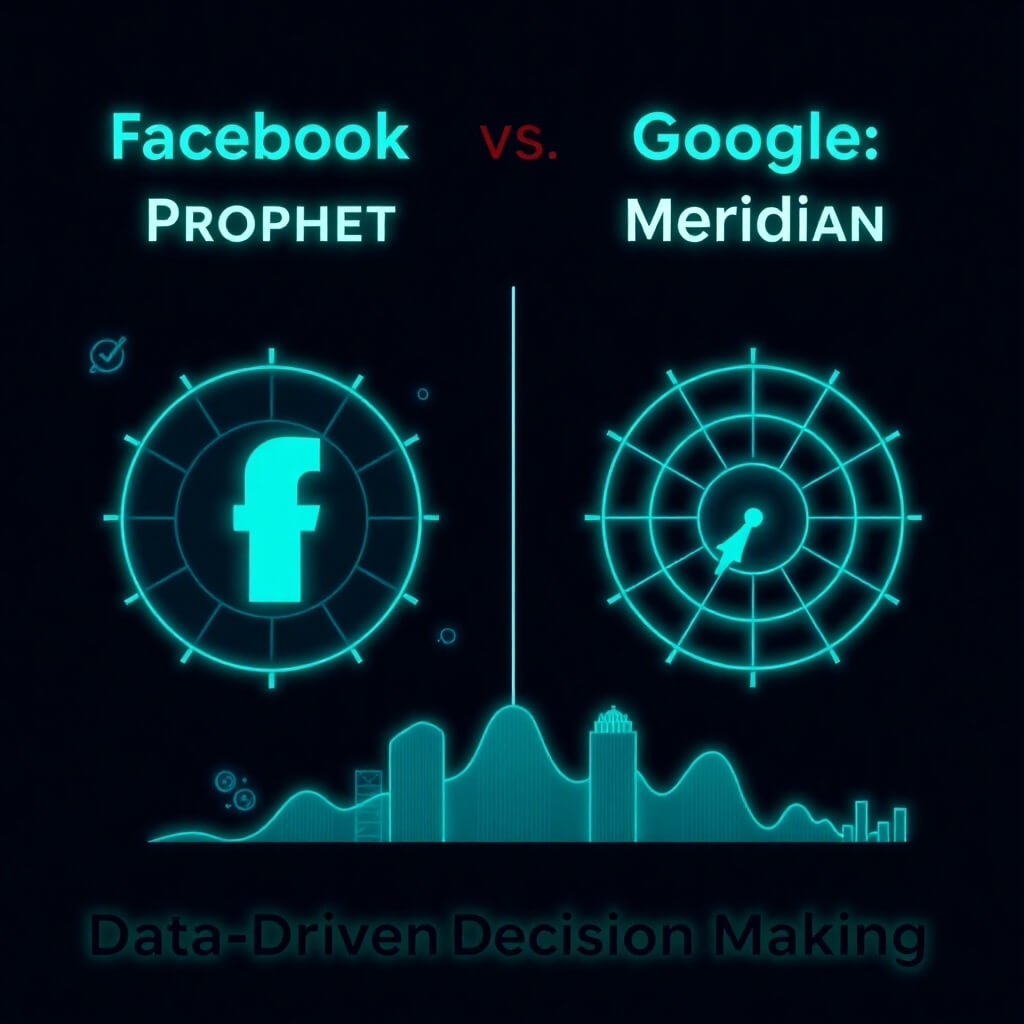More than 20 % of searches on Google are related to location. On mobile, 88% of people searching for local information take action within a day.
Did those numbers catch your attention? I certainly hope so. If more than one fifth of Google searches are related to location, one should not underestimate or choose to ignore the new targeting features and capabilities that Google has just announced. For those of you running accounts or campaigns that include multiple geographical targets, read on, for its time to get local and save yourself plenty of time.
The first announcement having to do with geographic optimization, comes in the form of “Zip Code Targeting.” You will now have the ability to target on the postal code level, being able to target over 30,000 US Zip Codes in your AdWords campaigns. Not only will you be able to add up to 1,000 postal codes at a time to your campaigns with AdWords Location Targeting, but you will also be able to view performance metrics at this level as well, seeing individual statistics for each zip code.
The second new feature announced, more so directed at saving time, is the development of “location insertion.” With this feature, you will no longer need to write multiple pieces of ad copy for multiple locations, as it will now be possible to automatically insert city names, phone numbers, and/or zip codes directly into the ad text. For example, one can now write ad text which reads “Find a {lb.city:Local} Store” and the text will dynamically be changed based on the user’s location, thus reading something along the lines of “Find a Boston Store.” Not only will the process of creating a multitude of location specific ad copy be simplified, but advertisers should also begin to see improvements in Click Through and Conversion Rates for their ads which should now begin to see an upward trend in location specific copy.
The third announcement made by Google dealing with Location Targeting, is as simple as what Google refers to as “better clarity and control”. These enhancements cover everything from new, clearer wording in Advance location options, to Google’s getting rid of physical location targeting exceptions. Now you will be able to select “People in my targeted location” as a targeting option, and instead of automatically excluding users searching for something related to a different location, your ads will show to users in your target, without exception. This “clarity and control” will also play a part in the Google Display Network location targeting options, as the location extracted from the content of the page and the physical location of the user can now be used to target, whereas before only the user’s physical location could be targeted. This should do wonders for the travel industry, as companies such as local airline services will be able to advertise, in addition to the companies and locations located in the user’s travel destination.
These advancements highlight the importance of being able to specifically and accurately target the right users in the right locations at the right times. As reinforced by these developments, location-specifics are important, and will only become more so. One can expect to see these developments playing their largest role in mobile campaigns, which dominate the geographical-specific space. Can anyone else think of areas where these new features will play a major role?






